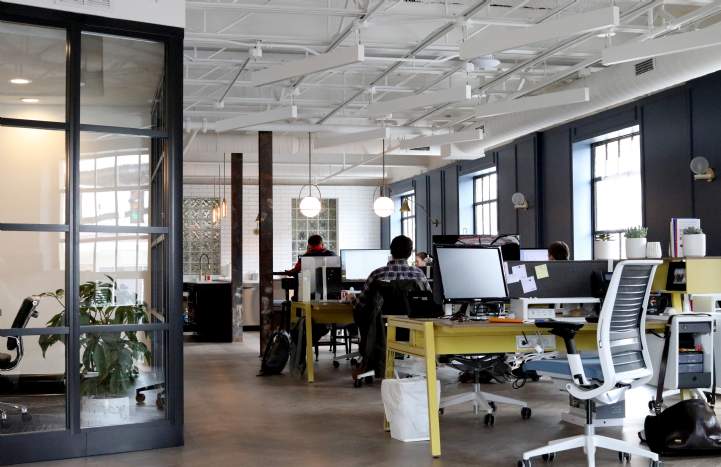Shell and Core
Shell and core ‘fit out’ is the initial and most basic stage of a building’s fit out – covering the building’s envelope and main structural elements such as external walls, roof, windows and doors. At this stage, only basic building services are provided including electrical and plumbing infrastructure in addition to fire protection systems.
The purpose of a shell and core fit out is to provide a flexible and adaptable space that can accommodate a wide range of tenant preferences and requirements. When engaging with a landlord for a space to occupy, a CAT A and above fitout refers to the level of finish and functionality that brings the rentable space up to a standard ready for occupancy.
CAT A Fit Out
CAT A, or Category A fit out, refers to the base condition of an office space provided by the landlord. It includes the essential infrastructure and finishes necessary for occupancy. This baseline specification is used when assessing future rent reviews or when determining a tenant’s reinstatement obligations.
CAT A fit outs build upon a shell and core space by incorporating crucial services like electrical distribution, lighting, HVAC systems, and basic plumbing connections. CAT A fit outs also provide basic finishes such as raised floors, suspended ceilings, and wall finishes. The objective is to establish a functional and presentable environment. Essentially, it creates a blank canvas for incoming tenants, allowing the tenants to customise the space according to their specific needs.


